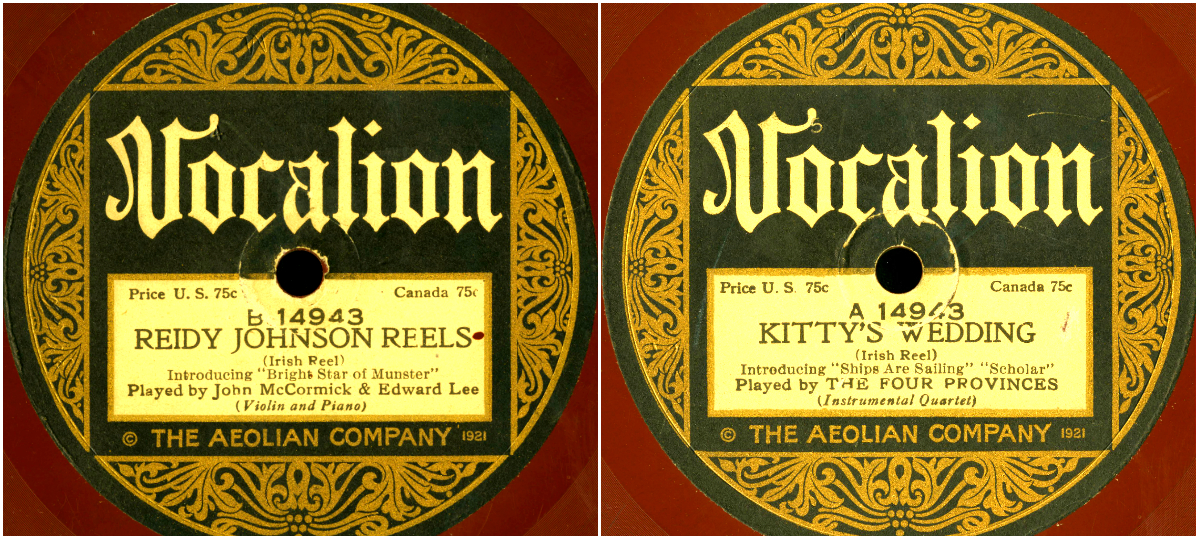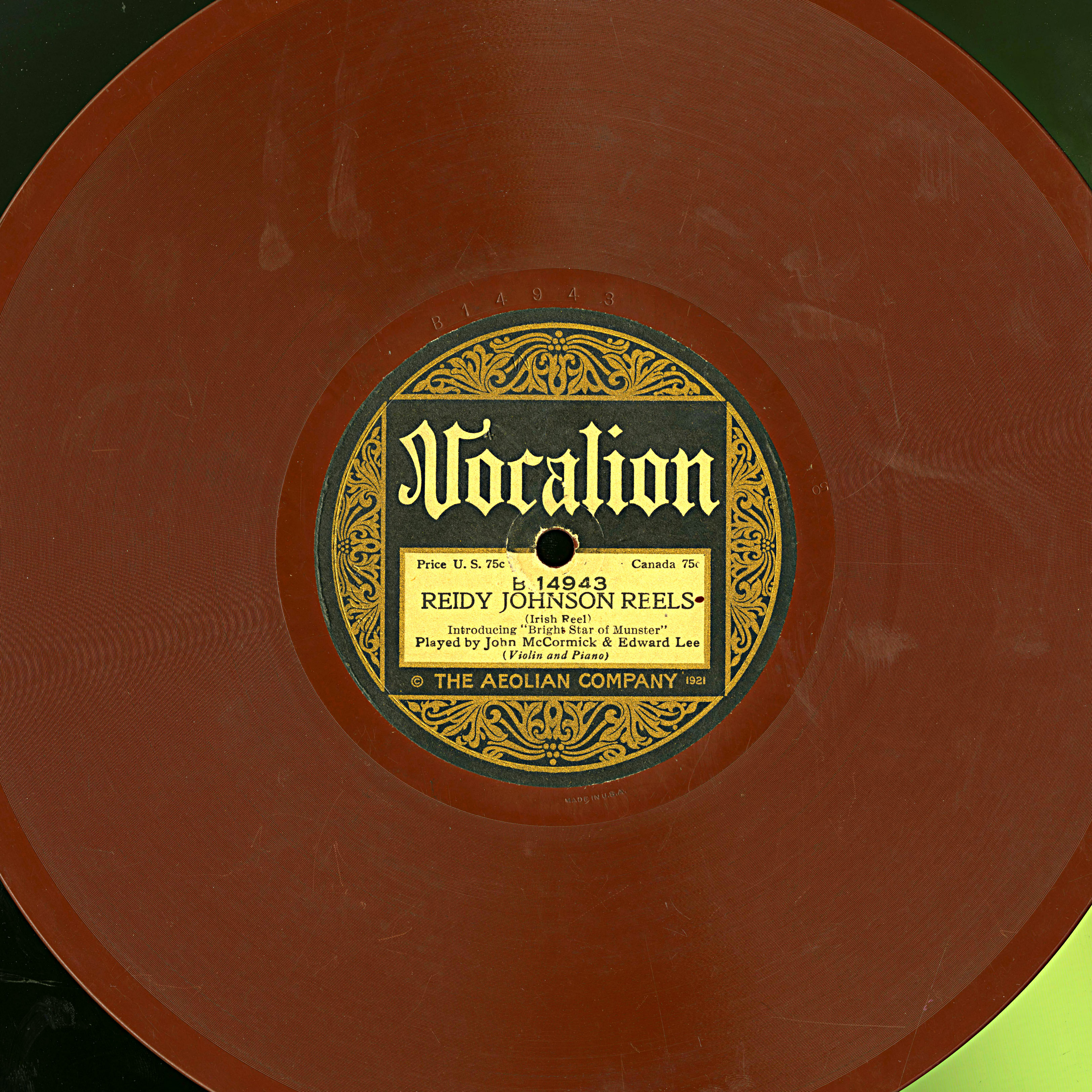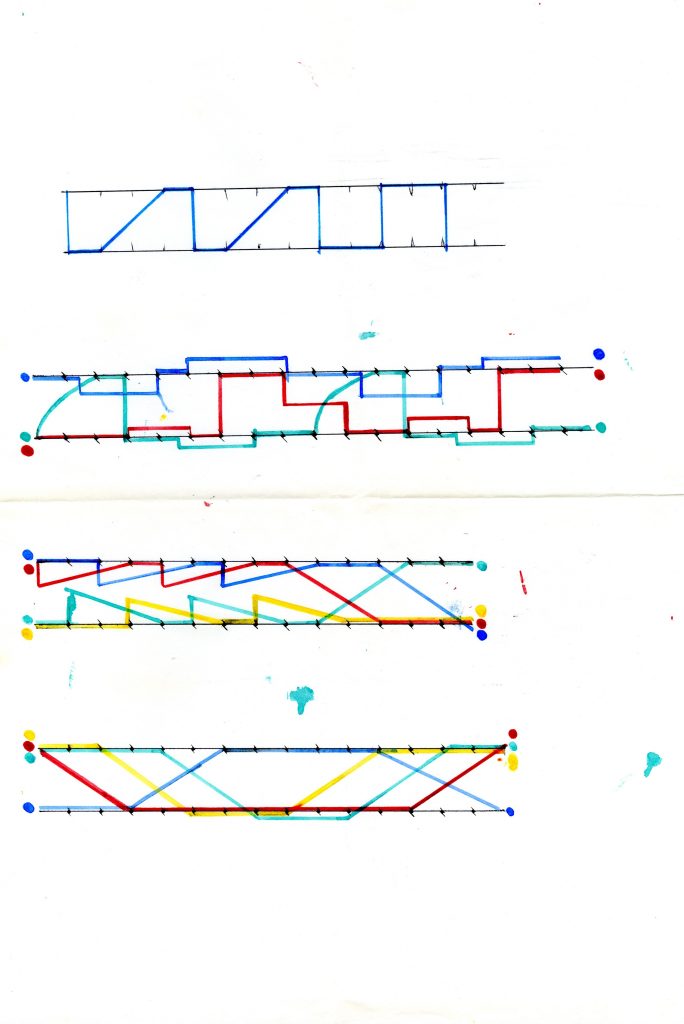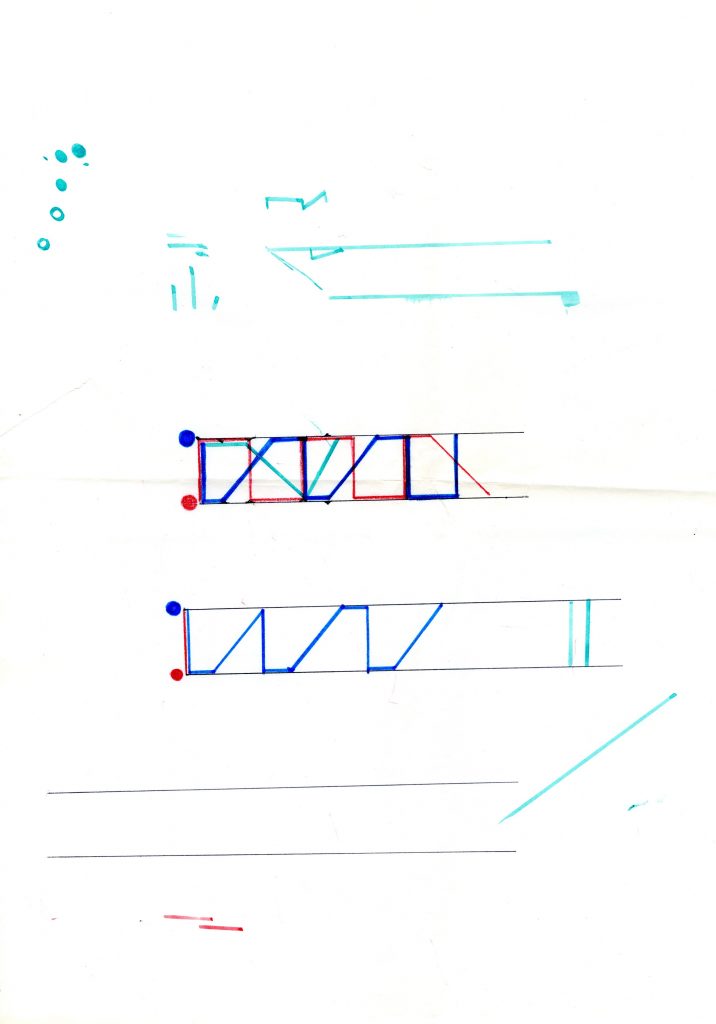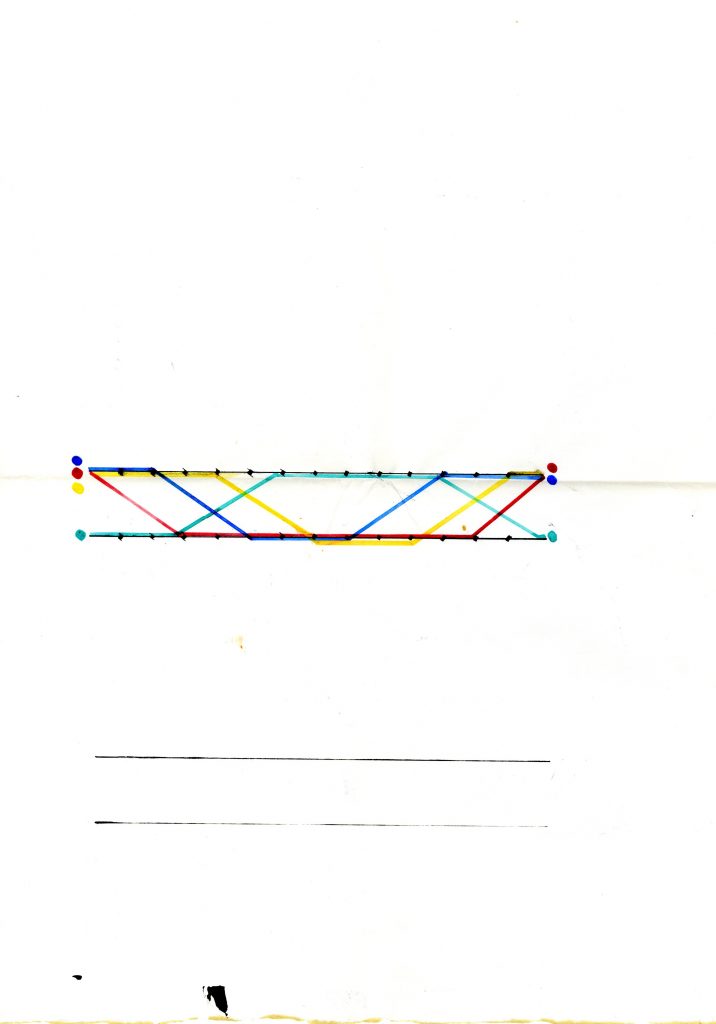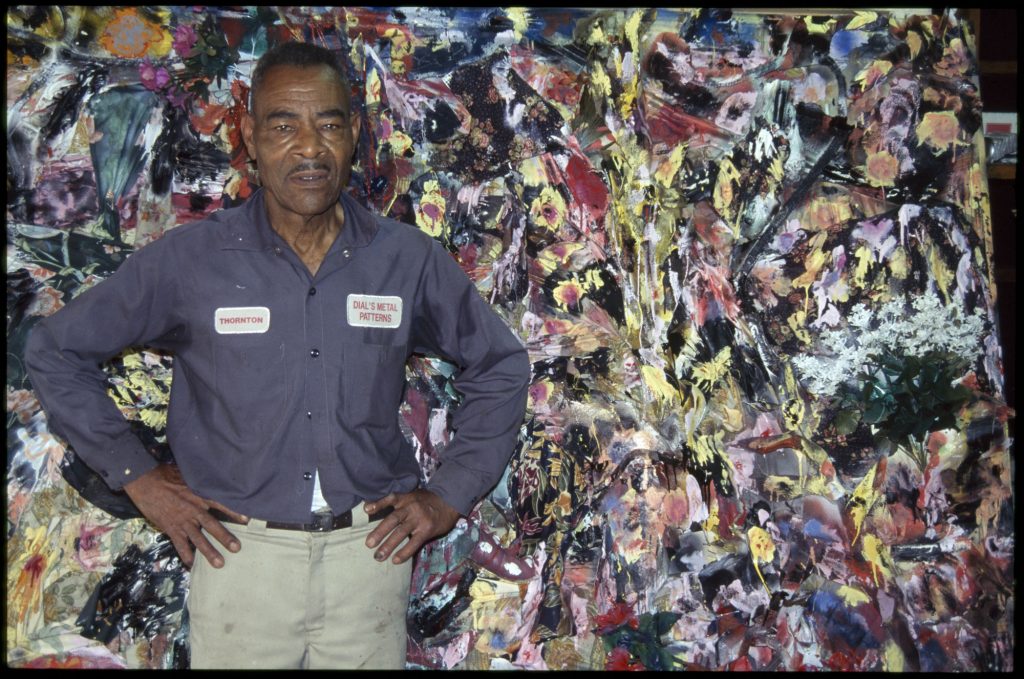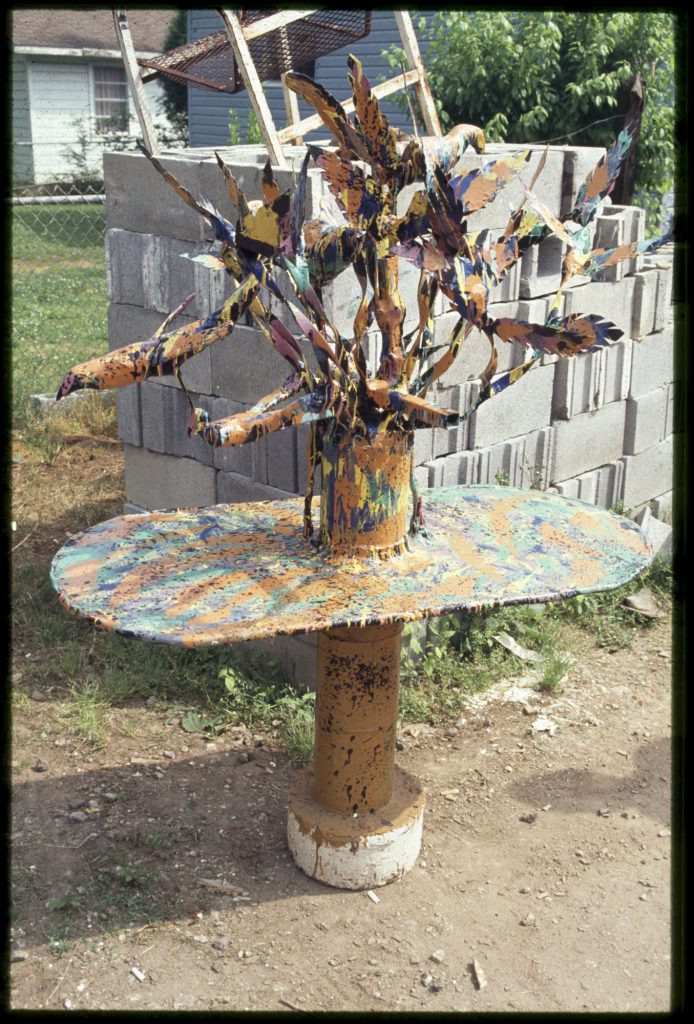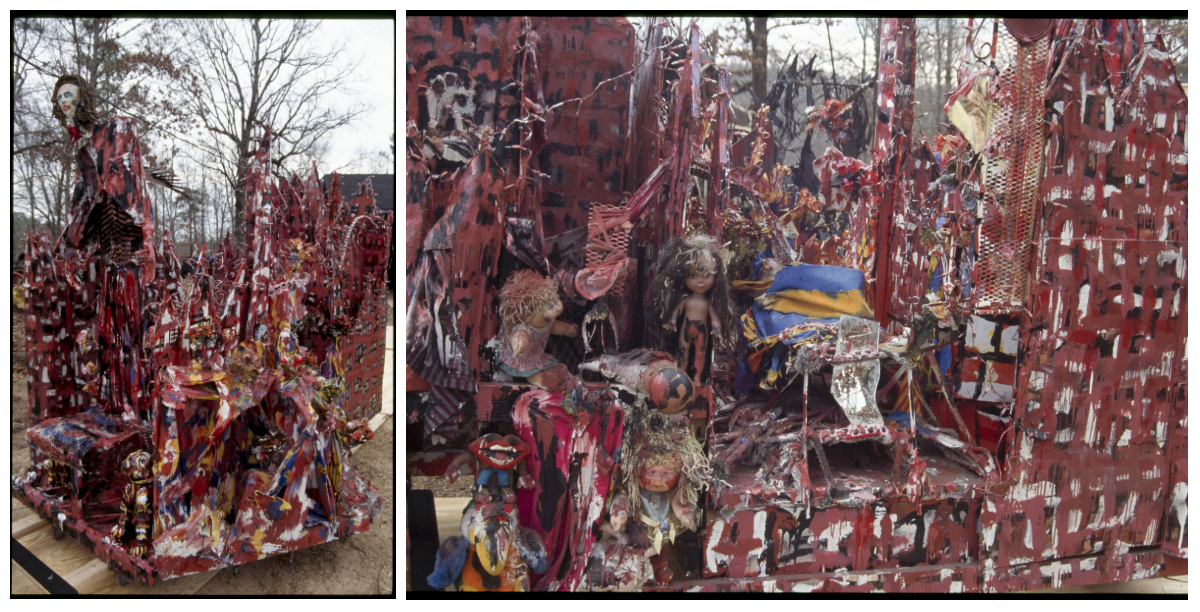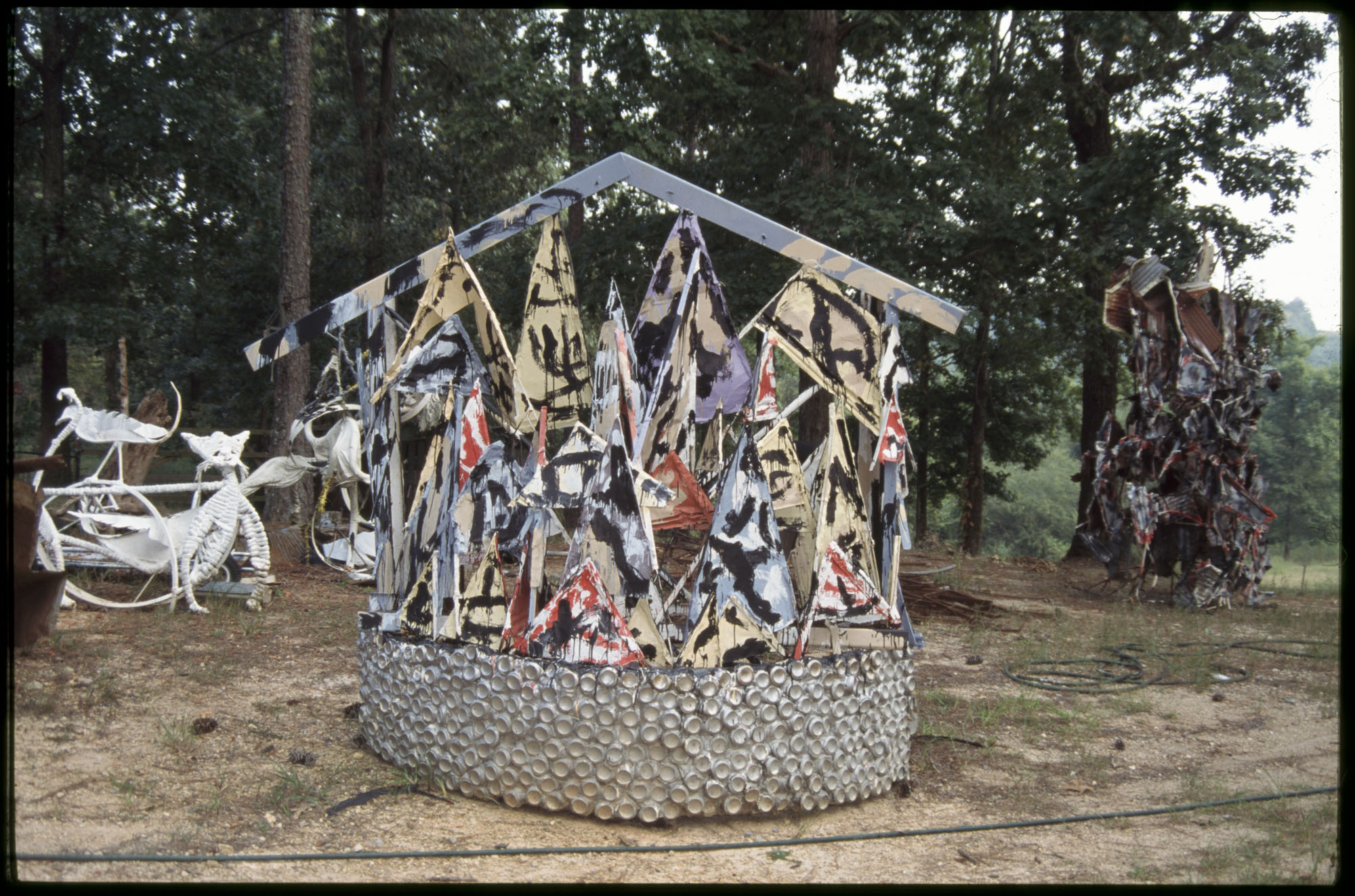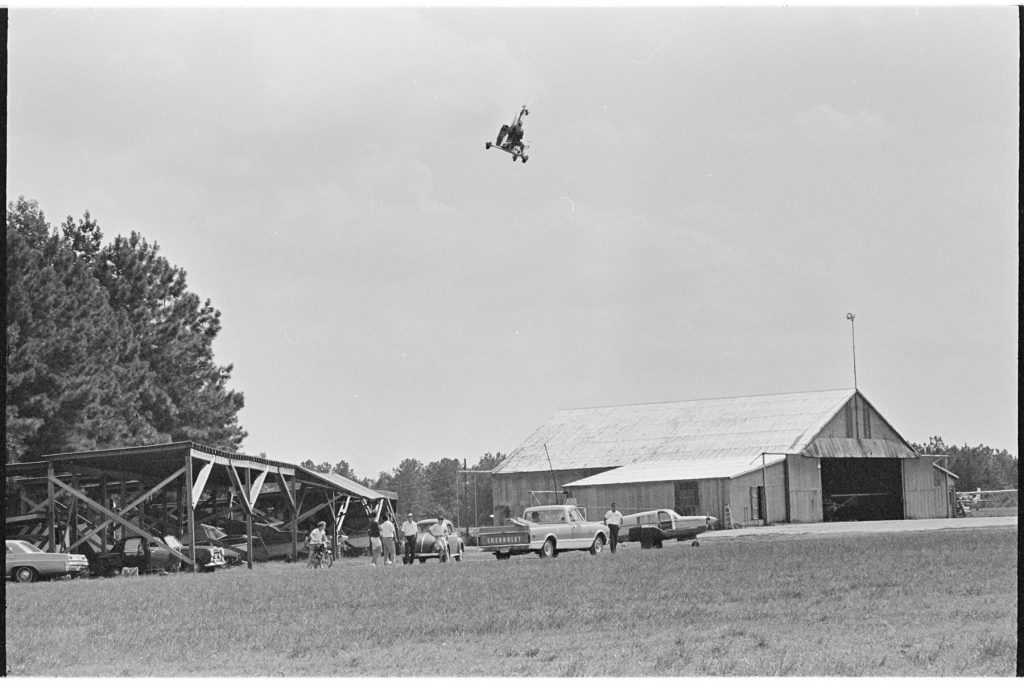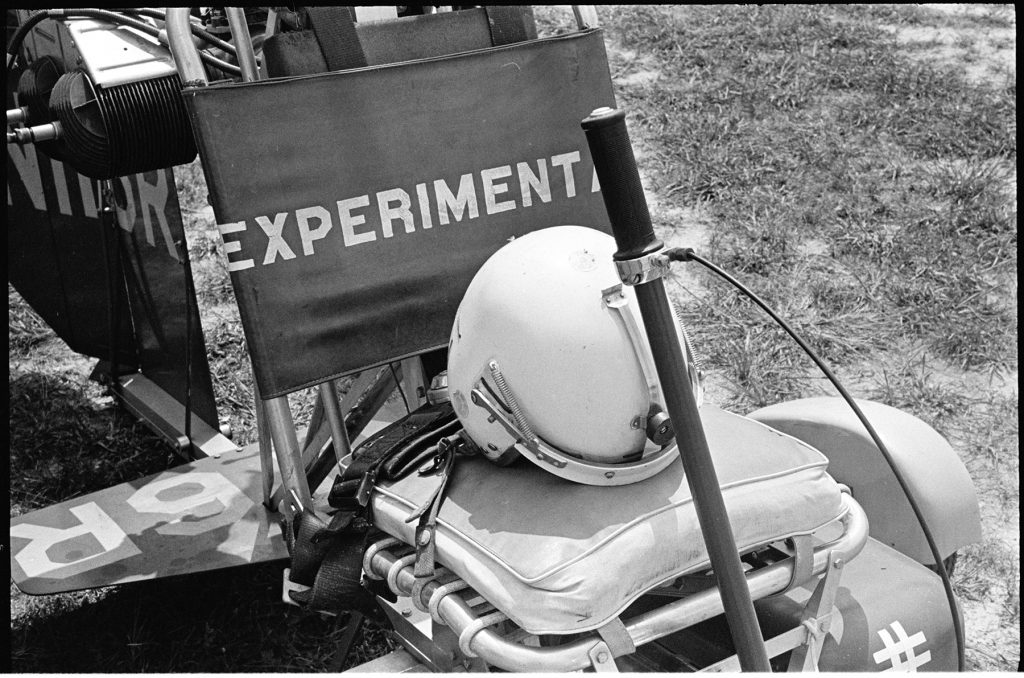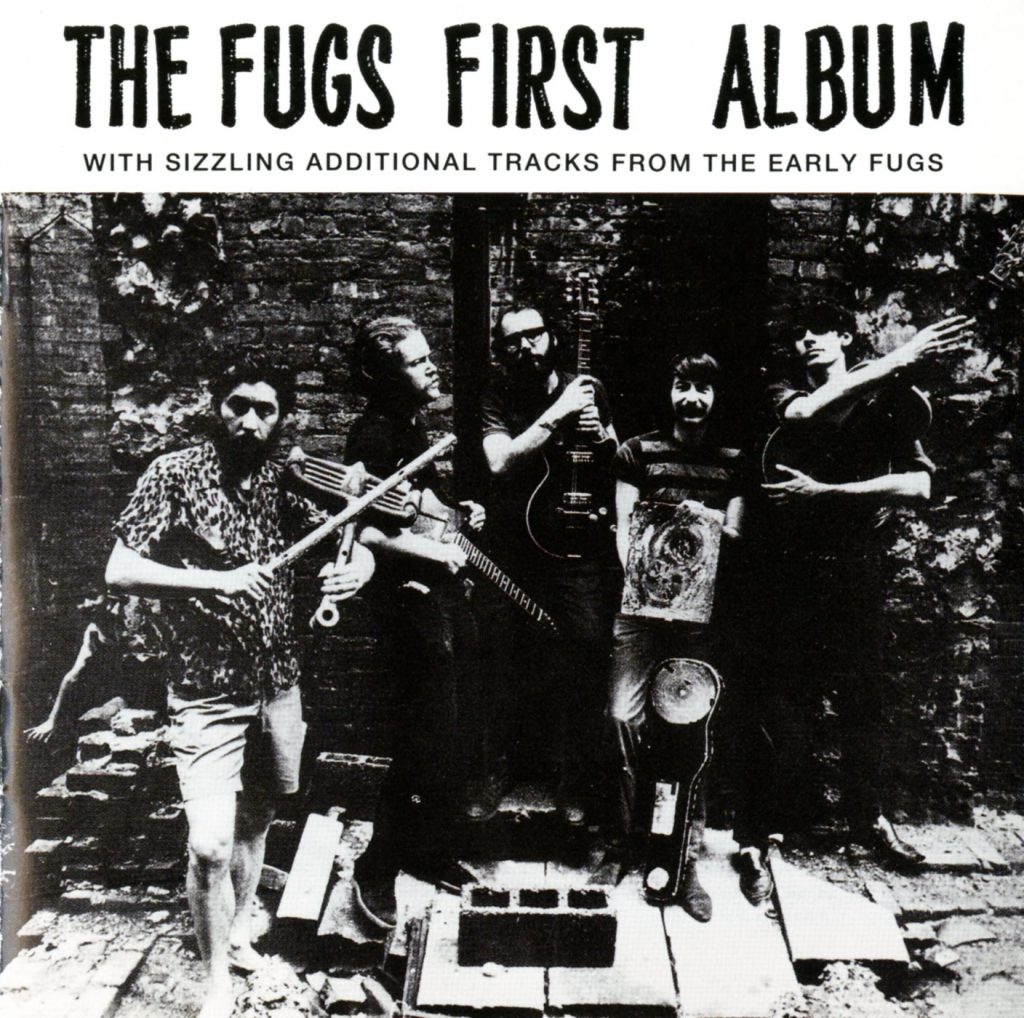Wikipedia edit-a-thon: North Carolina Heritage Award winners
Tuesday, April 5, 5:00 to 8:45 p.m.
Wilson Library, UNC-Chapel Hill
On April 5, the North Carolina Collection and the Southern Folklife Collection will host a Wikipedia edit-a-thon, with support from PineCone and the North Carolina Arts Council, an agency of the North Carolina Department of Natural and Cultural Resources. Join us for an evening of social Wikipedia editing in Wilson Library.
We’ll use collection materials to create, update, and improve articles about North Carolina Heritage Award winners, in anticipation of the Heritage Awards ceremony presented by PineCone and the North Carolina Arts Council: https://pinecone.org/events/north-carolina-heritage-awards
Everyone is welcome, even if you’ve never edited Wikipedia before. Staff will be on hand to help with Wikipedia edits, find books and articles on topics that interest you, and to help you with Wikipedia edits. We’ll provide a list of suggested topics, but participants may pursue any topic they choose.
We’ll have free pizza (and a few salad options) to fuel your research and we’ll be raffling off prizes throughout the evening.
The event will begin with a brief workshop on Wikipedia editing, but feel free to arrive and leave whenever it suits you.
Please bring a laptop if possible.
More details and RSVP at our Facebook event or on the Wikipedia page at https://en.wikipedia.org/wiki/Wikipedia:Meetup/UNC/NC_Heritage_Award_Winners_2016.
This edit-a-thon is part of a series that will be hosted by UNC Libraries in March and April.


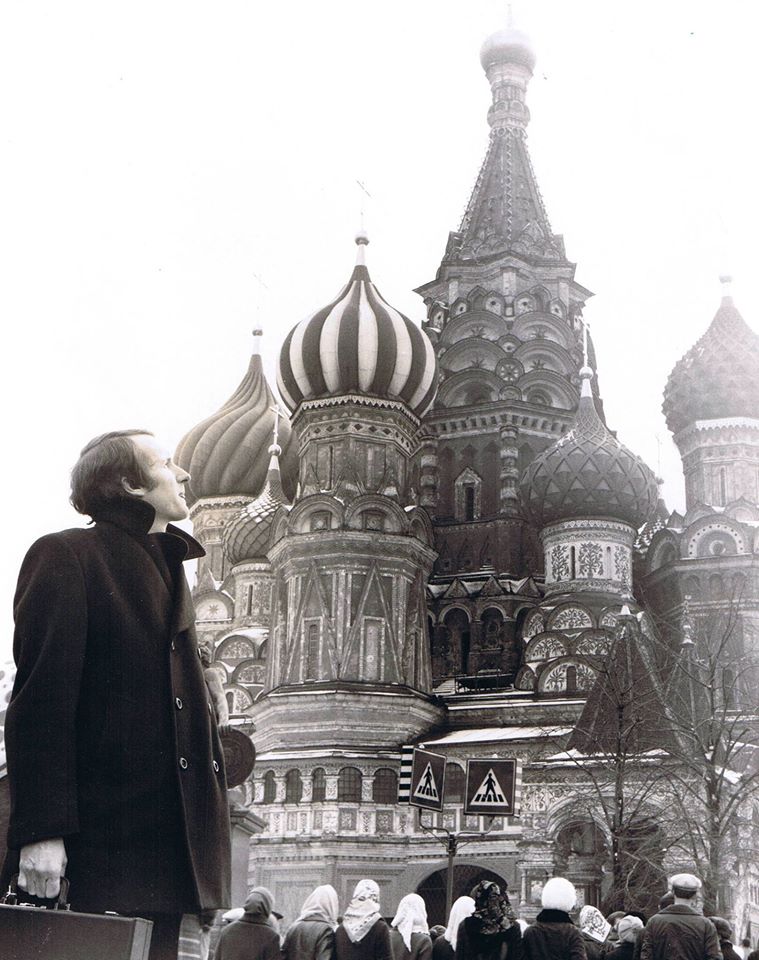
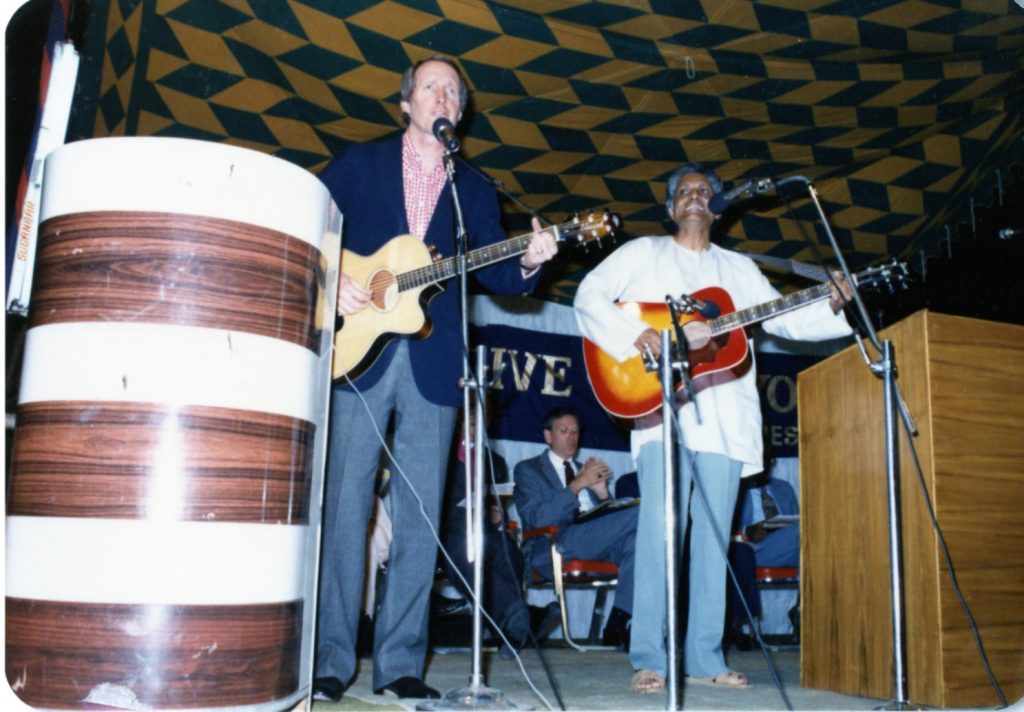


 The idea is to take a digital photograph of printed record labels, convert the images to text using optical character recognition (OCR) software, and then combine the text and images to help with workflow, discovery, and access. Crowdsourcing tags and comments may help to add even more information to the process.
The idea is to take a digital photograph of printed record labels, convert the images to text using optical character recognition (OCR) software, and then combine the text and images to help with workflow, discovery, and access. Crowdsourcing tags and comments may help to add even more information to the process.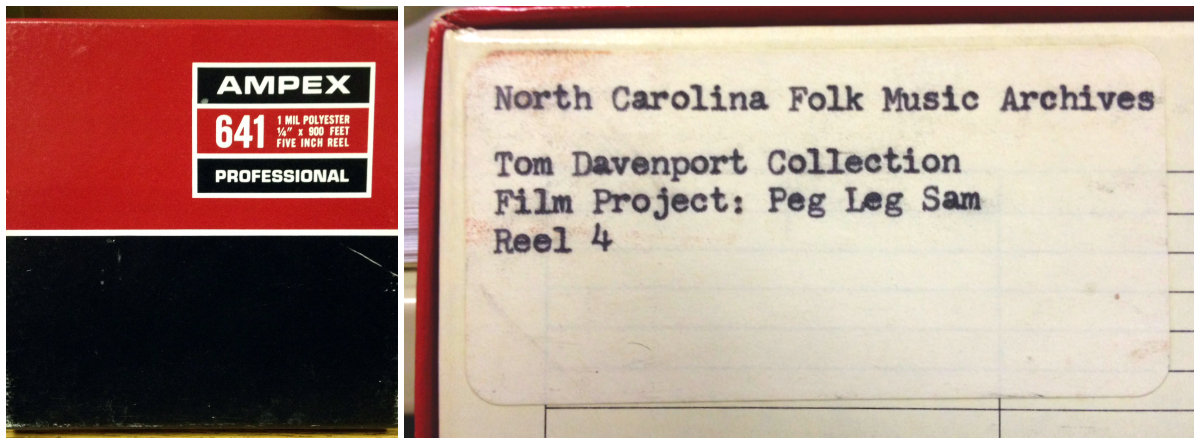
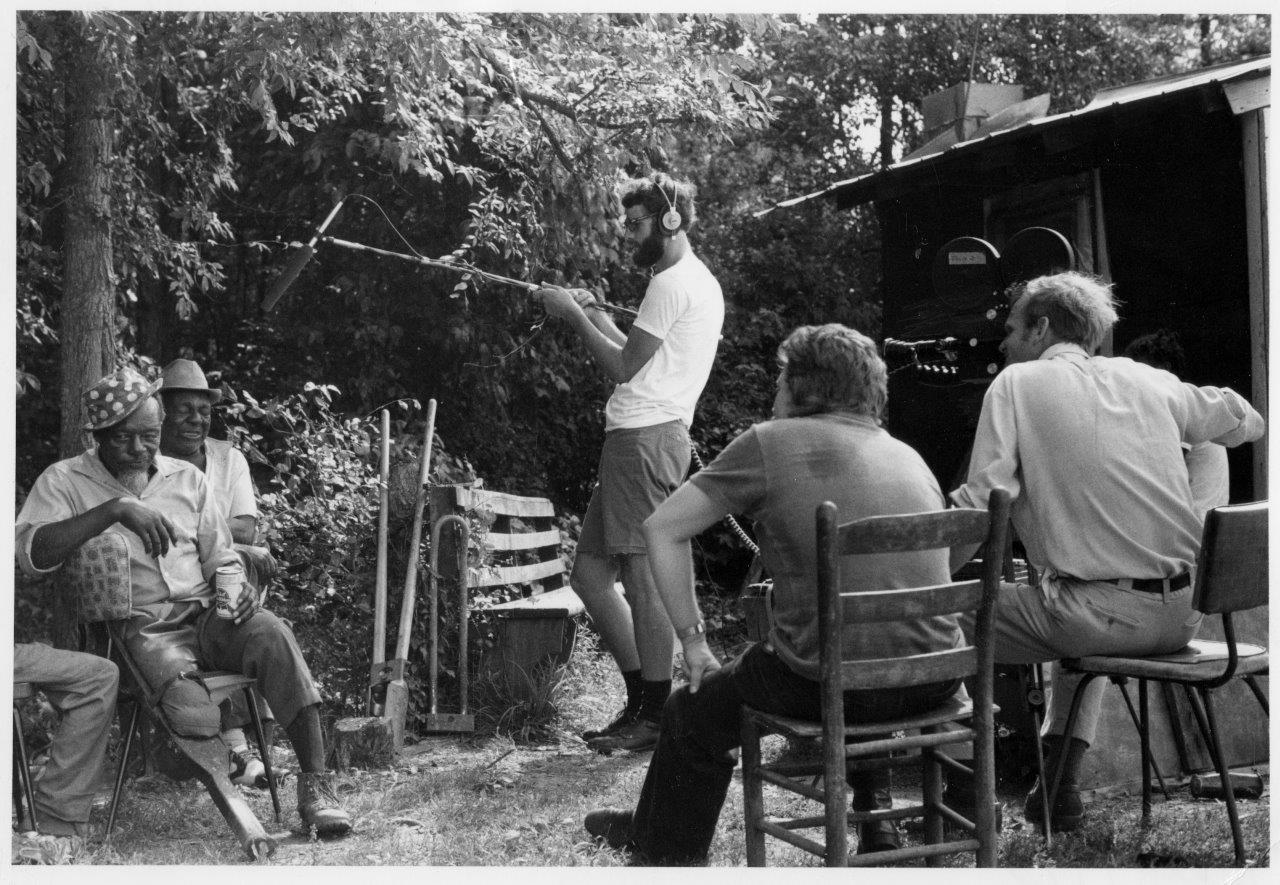 L-R: Peg Leg Sam, Kip Lornell (with boom mic), Bruce Bastin, and Tom Davenport (with camera). University of North Carolina at Chapel Hill Image Collection (P0004), North Carolina Collection Photographic Archives.
L-R: Peg Leg Sam, Kip Lornell (with boom mic), Bruce Bastin, and Tom Davenport (with camera). University of North Carolina at Chapel Hill Image Collection (P0004), North Carolina Collection Photographic Archives.